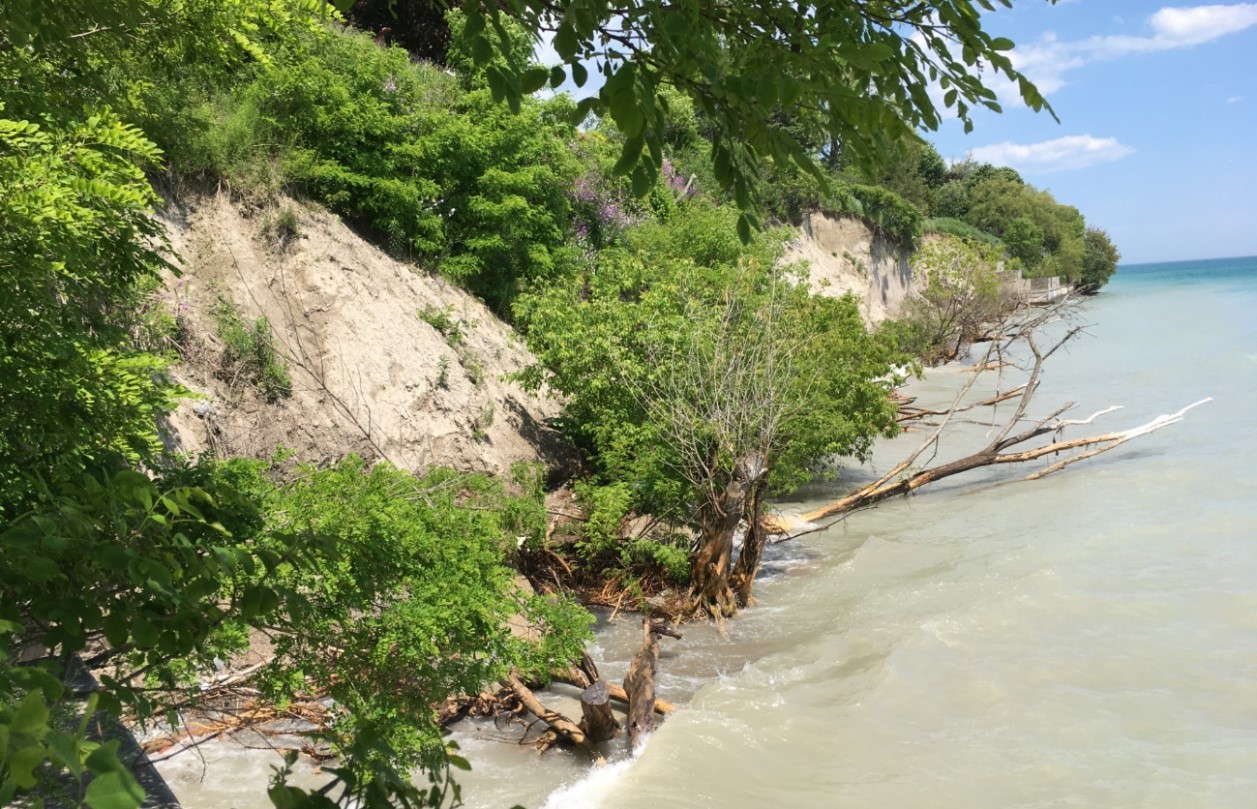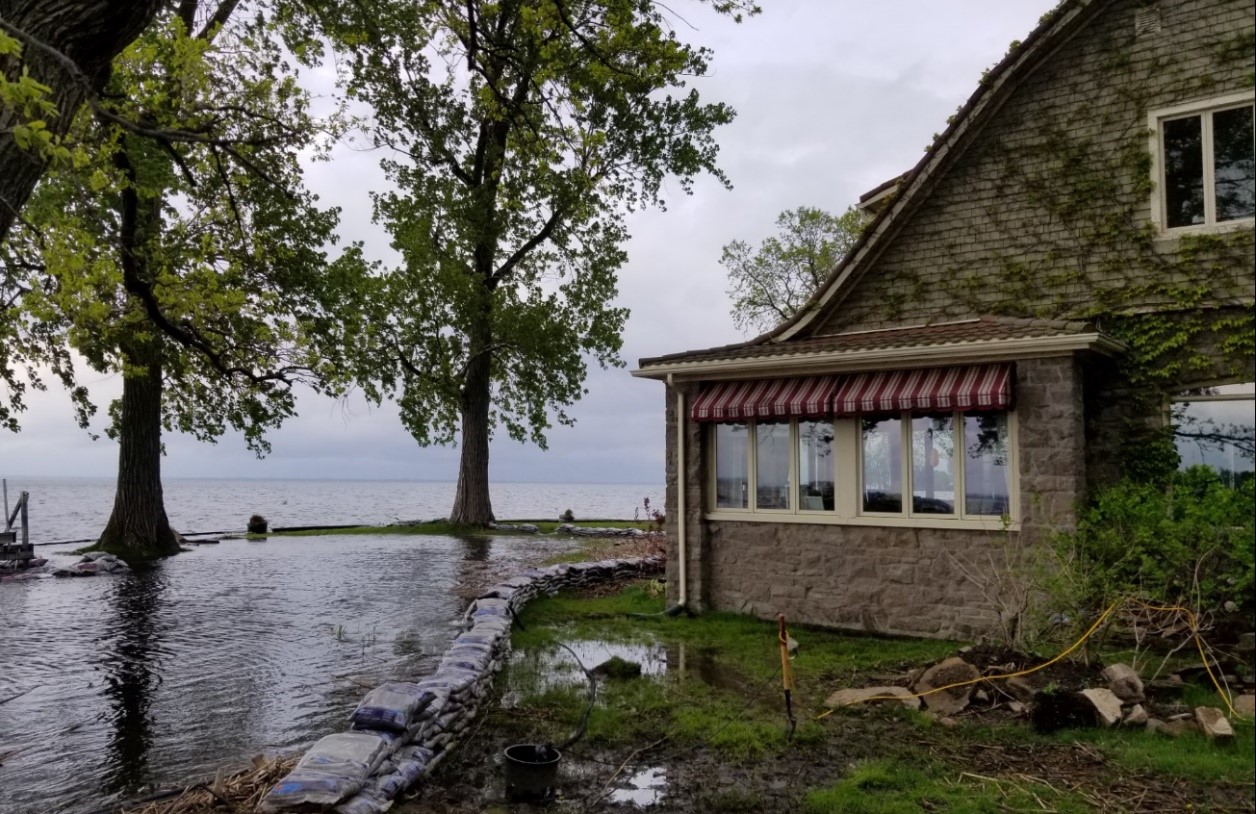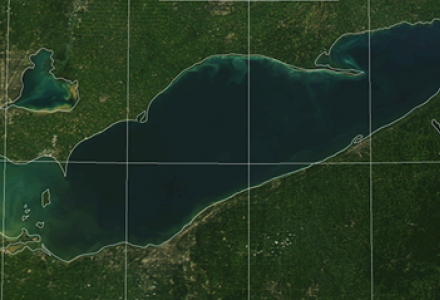
Wet conditions throughout the Great Lakes-St. Lawrence River basin in the spring of 2019 resulted in record or near-record high water levels this past summer on all of the Great Lakes. These high water level conditions caused tremendous challenges, still ongoing in certain areas, for people living and working along the Great Lakes-St. Lawrence River shoreline, including damage to homes and property.
The IJC’s Great Lakes-St. Lawrence Adaptive Management (GLAM) Committee seeks to document and better understand the impacts associated with these high water levels. It’s part of the committee’s long-term efforts to support the IJC’s International Lake Ontario-St. Lawrence River Board and International Lake Superior Board of Control in evaluating existing strategies for managing outflows from Lake Ontario and Lake Superior.
Information provided by shoreline properties owners is critical for ensuring that scientific and engineering tools used to evaluate regulation plans under a range of wet and dry conditions accurately reflect the high water impacts that have been experienced.

The GLAM Committee has developed an online questionnaire for shoreline property owners. The questionnaire builds off of previous 2017 efforts for the Lake Ontario and the St. Lawrence River shoreline, where more than 1,300 people responded.
While not considered a random sample that allows broad extrapolation, the information gathered in 2017 was incredibly valuable in helping to understand how property owners along the Lake Ontario and St. Lawrence River shoreline were directly impacted by high water levels.
For example, almost 90 percent of respondents in 2017 indicated some form of flooding, with the most commonly reported impact being lawn flooding. More information on the 2017 questionnaire results are available in a fact sheet. The GLAM Committee is using information from the 2017 questionnaire responses to compare to model simulations and determine how predictions of shoreline impacts can be improved in the future.

With high water levels this year across the Great Lakes- St. Lawrence River system, the GLAM Committee is hoping similar valuable information can be gathered and used for further model validation and comparison.
The information gathered from this year’s questionnaire will help the GLAM Committee and the boards better understand the types of high water impacts being experienced.
Responses to the questionnaire, along with information gathered from other sources such as air photos and municipalities, can be compared and used to identify critical themes to be represented within the models used to simulate shoreline impacts under different water level conditions.
The 2019 questionnaire has been expanded to cover the full Great Lakes-St. Lawrence River shoreline downstream to Trois-Rivières, Quebec, and is available in English and French on the GLAM Committee website. To date, more than 1,400 completed responses have been received. The GLAM Committee continues to encourage additional responses in all areas of the system including the St. Lawrence River. Users should expect to take about 20 minutes to complete the questionnaire and adding photos is encouraged.
The questionnaire will be available through the end of 2019. The questionnaire can be completed a second time if high water impacts change following your original response.
We know that high water levels have impacted many people along the shoreline this year. Please share this article with anyone you know who can add their input.


Mike Shantz and Melissa Kropfreiter are co-secretaries of the GLAM Committee.



